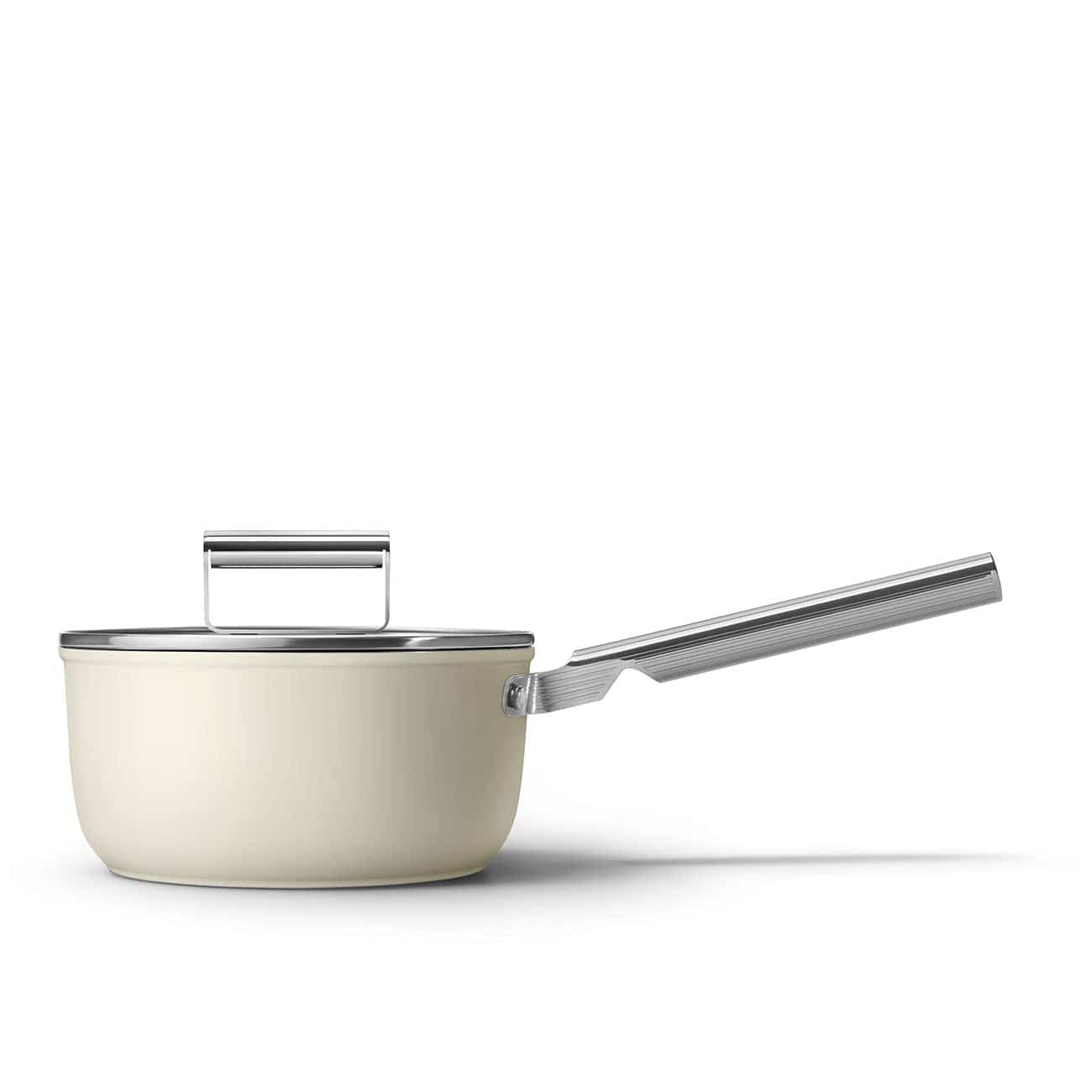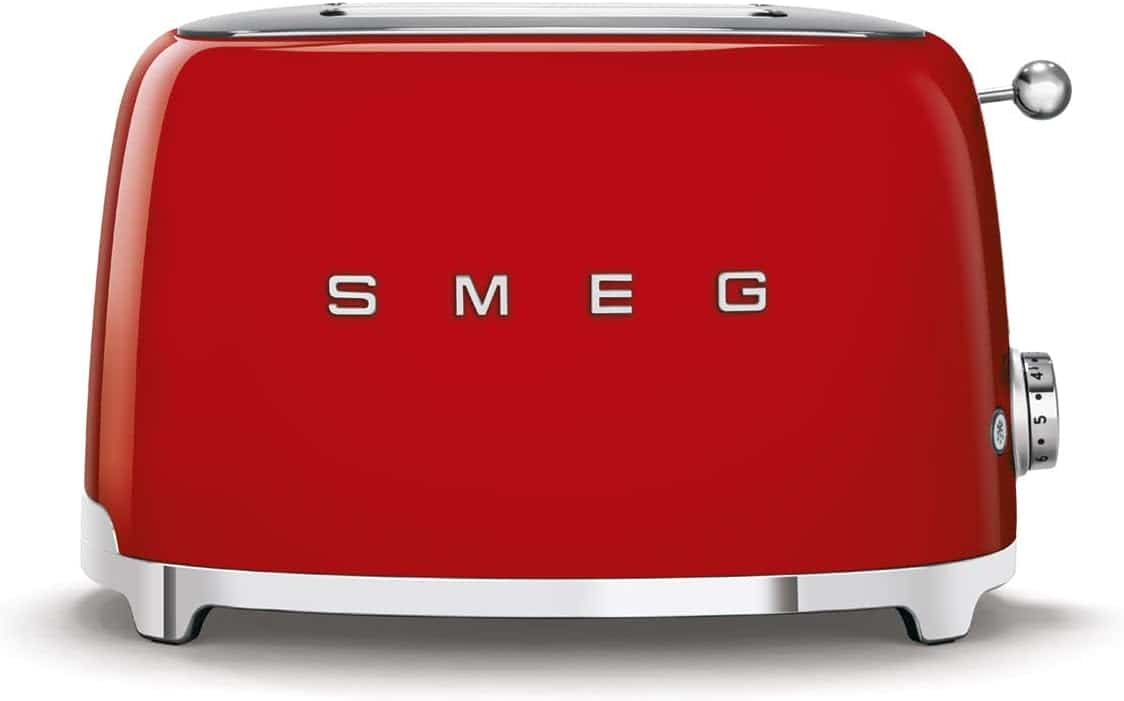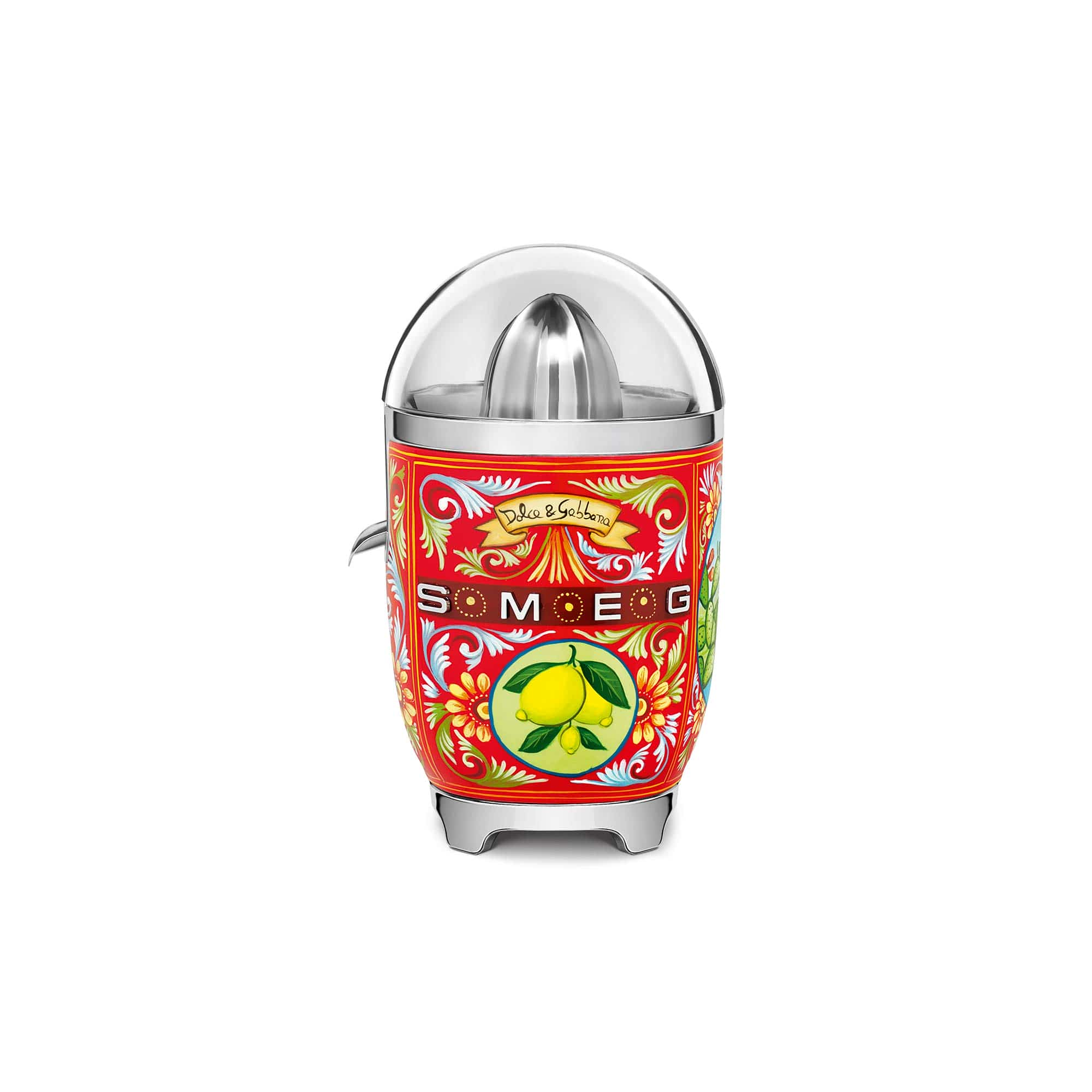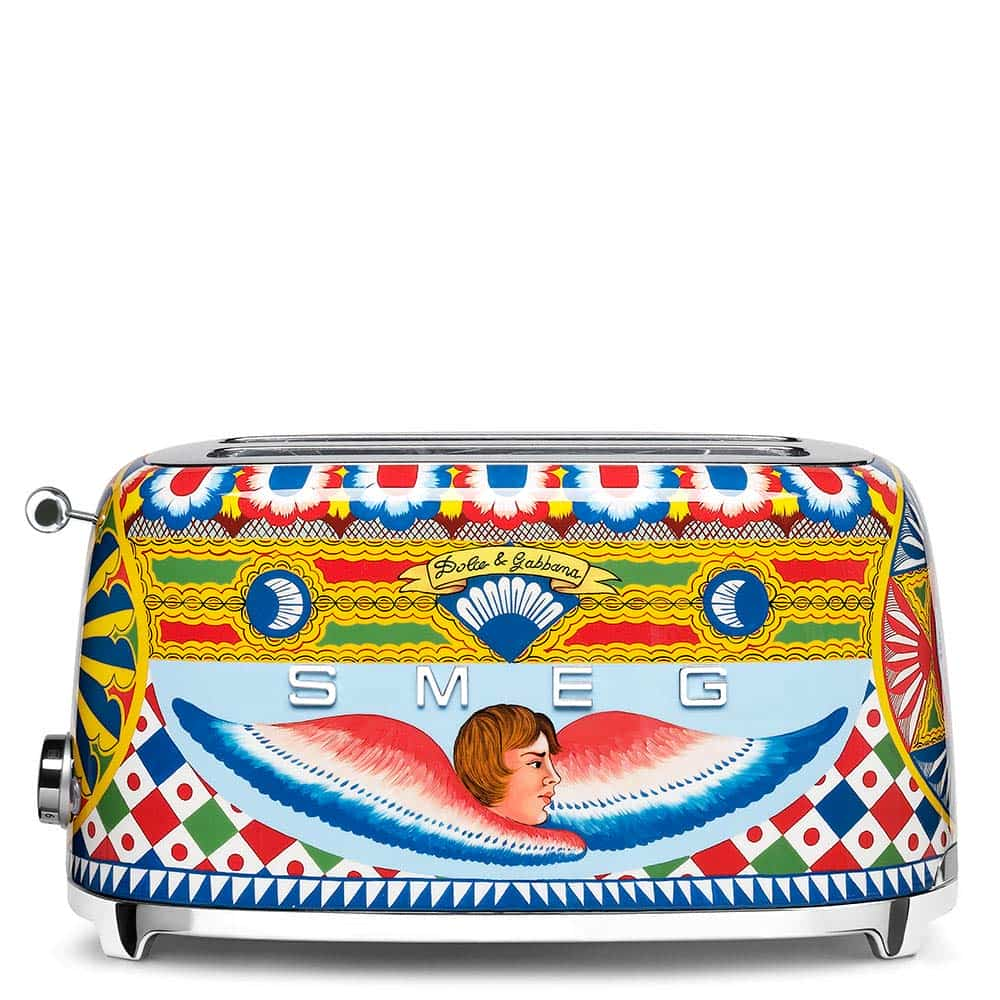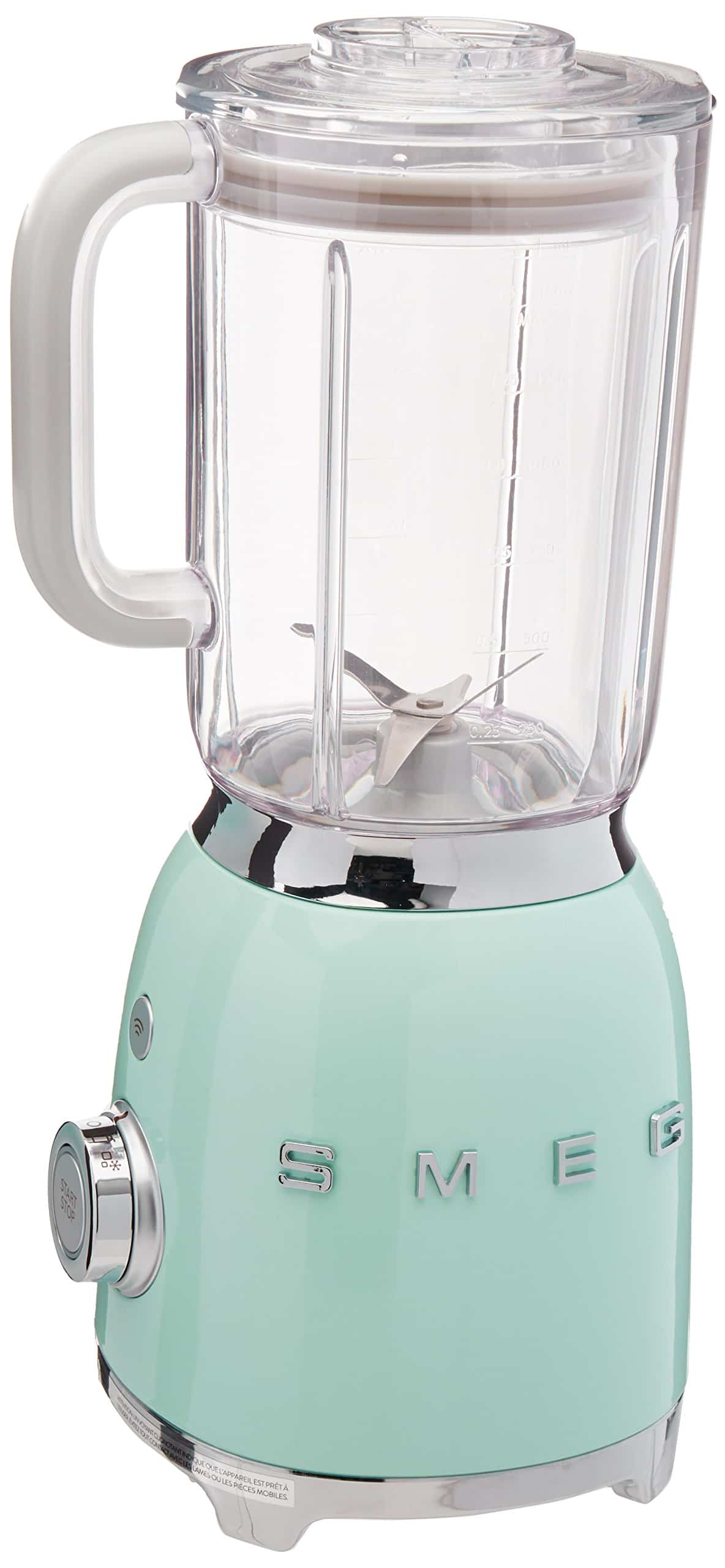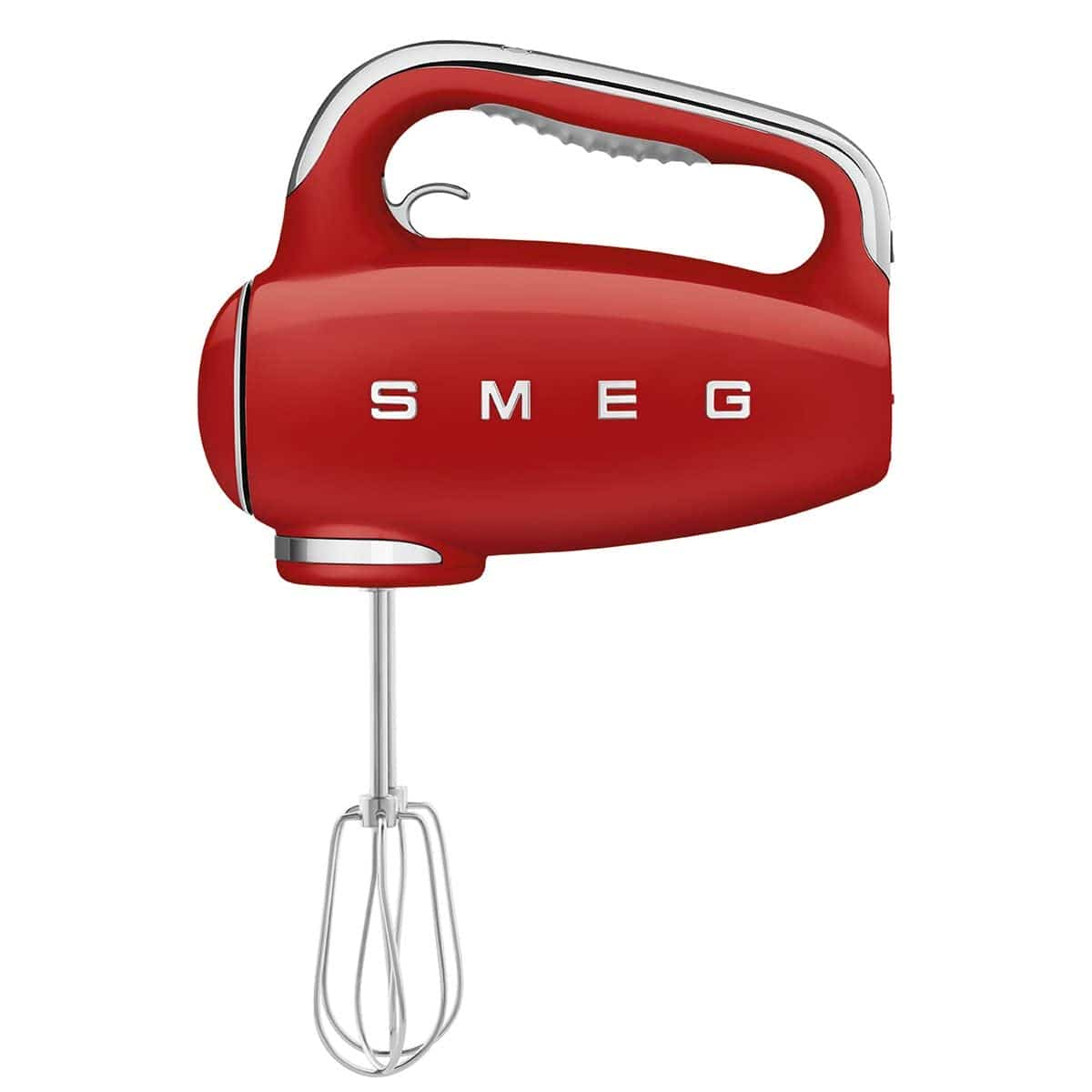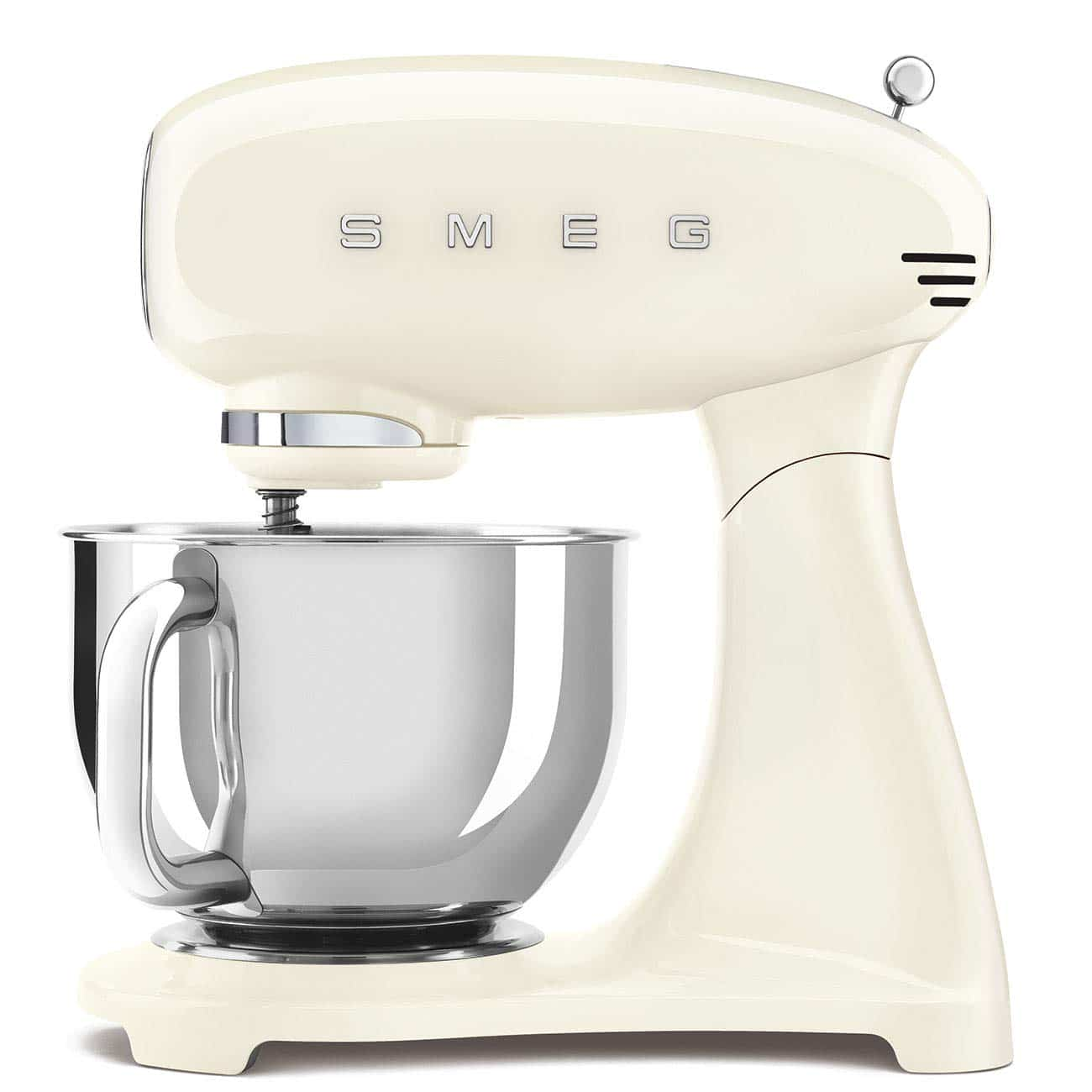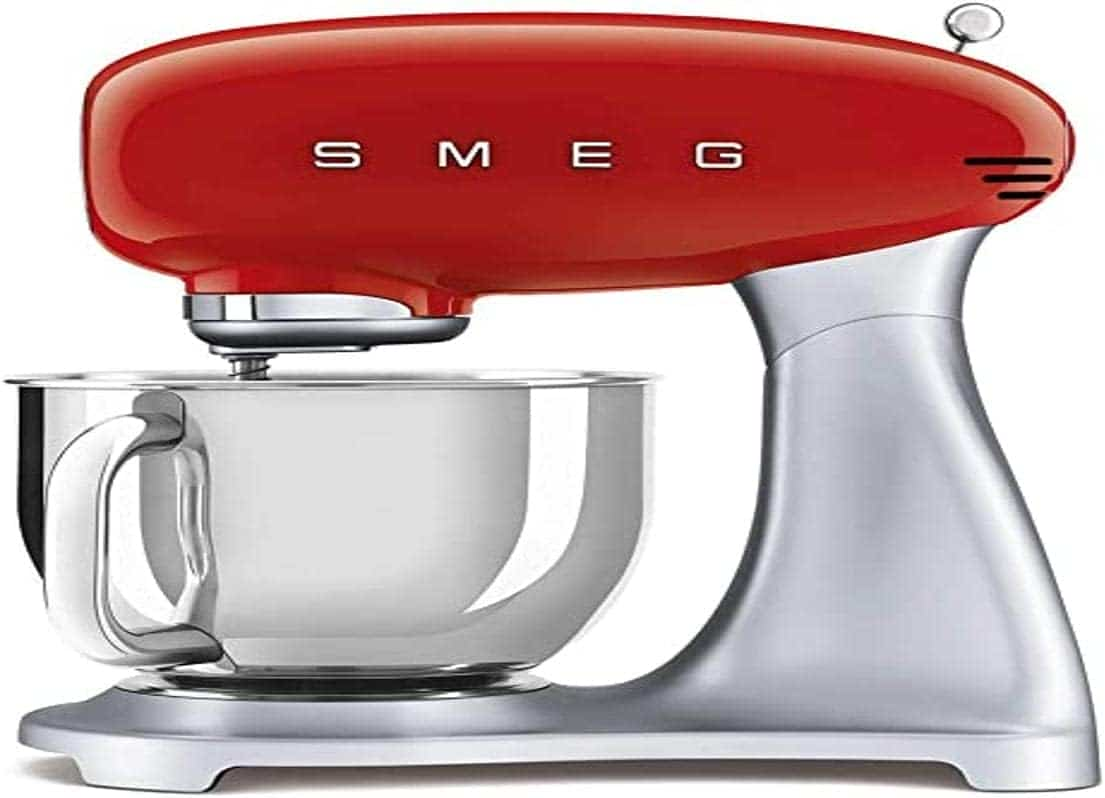FAQ
How Much Caffeine in 2 Teaspoons of Matcha
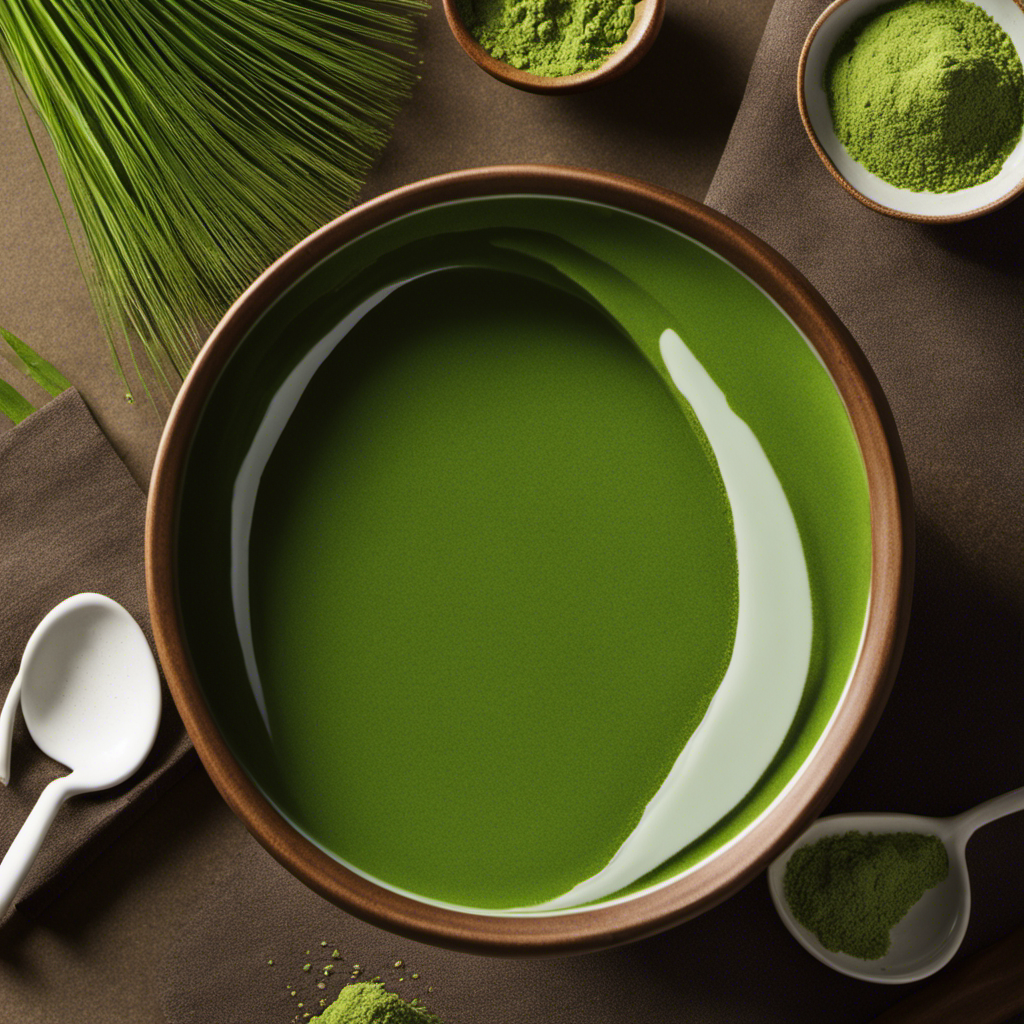
I love starting my day with a warm cup of matcha, but have you ever wondered just how much caffeine is in those two teaspoons?
In this article, I will delve into the benefits of matcha powder and explore the caffeine content in detail.
We’ll compare matcha to other caffeinated beverages, examine factors that affect caffeine levels in matcha, and discuss the recommended daily intake.
So, let’s dive in and uncover the truth about the caffeine in our beloved matcha!
Key Takeaways
- Matcha powder has a high concentration of antioxidants, vitamins, and minerals.
- The combination of caffeine and L-theanine in matcha promotes alertness and focus without jitters or crashes.
- The caffeine content in matcha can vary based on brewing method and serving size.
- It is important to consume matcha mindfully and stay within recommended daily caffeine intake limits.
The Benefits of Matcha Powder
The benefits of matcha powder are numerous. Matcha, a finely ground powder made from green tea leaves, is known for its high concentration of antioxidants, vitamins, and minerals. One of the main benefits is its ability to naturally boost energy levels without the jitters or crashes associated with coffee or energy drinks. The combination of caffeine and the amino acid L-theanine found in matcha provides a sustained release of energy, promoting alertness and focus throughout the day.
Matcha can be enjoyed in various ways. It can be used in traditional tea ceremonies or as an ingredient in matcha recipes like smoothies, lattes, or desserts. Its versatility and natural energy-boosting properties make matcha a popular choice for those seeking a healthier alternative to conventional caffeine sources.
Understanding Caffeine Content in Matcha
Understanding how many milligrams of caffeine are in 2 teaspoons of matcha can help you make informed decisions about your caffeine intake. Matcha is a type of green tea that is finely ground into a powder, and it is known for its vibrant green color and earthy flavor.
When it comes to caffeine absorption, matcha is unique because it contains an amino acid called L-theanine, which is believed to slow down the release of caffeine into the bloodstream, resulting in a more gradual and sustained energy boost.
In terms of health effects, matcha is rich in antioxidants and has been associated with numerous benefits, including improved brain function and reduced risk of chronic diseases.
As we explore how matcha compares to other caffeinated beverages, it’s important to note that the caffeine content can vary depending on factors such as brewing method and serving size.
How Matcha Compares to Other Caffeinated Beverages
When it comes to comparing matcha with other caffeinated beverages, you’ll find that matcha provides a unique combination of sustained energy and health benefits.
Matcha contains caffeine, just like coffee and energy drinks, but its effects on the body are different. While coffee and energy drinks can provide a quick burst of energy followed by a crash, matcha offers a more gradual release of caffeine, resulting in sustained energy without the jitters or crashes.
Additionally, matcha is rich in antioxidants, specifically catechins, which have been linked to various health benefits, including improved focus, enhanced metabolism, and reduced risk of certain diseases.
Factors Affecting Caffeine Levels in Matcha
If you’re wondering how brewing time and temperature affect the caffeine levels in your matcha, you’ll be interested to know that a shorter brewing time and lower temperature result in a milder caffeine content. This is because caffeine is more soluble in hot water, so longer steeping times and higher temperatures can extract more caffeine from the matcha leaves.
However, there are other factors that can affect caffeine absorption and its effect on the body. Here are five key factors to consider:
- Individual metabolism: Each person’s body metabolizes caffeine differently, affecting how quickly it is absorbed and how long its effects last.
- Other substances consumed: Consuming caffeine with other substances like food or medications can affect its absorption and interaction with the body.
- Age: Children and older adults tend to be more sensitive to the effects of caffeine due to differences in metabolism and tolerance.
- Genetics: Some individuals have genetic variations that impact how their bodies process caffeine, leading to differences in its effects.
- Overall health: Certain medical conditions or medications can influence how caffeine is absorbed and metabolized in the body.
Understanding these factors can help you make informed choices about your matcha consumption and its potential impact on your body.
Recommended Daily Caffeine Intake for Matcha Consumption
To stay within the recommended daily caffeine intake, you should be mindful of how much matcha you consume in a day. Matcha is known for its high caffeine content, which can have both positive and negative health effects. While the exact amount of caffeine in 2 teaspoons of matcha can vary depending on factors such as the quality of the tea and the brewing method, on average, it contains around 70-80 milligrams of caffeine. This is significantly higher than other types of tea, such as green tea, which contains about 30-50 milligrams of caffeine in the same serving size. It is important to note that individual tolerance to caffeine can vary, so it is best to listen to your body and adjust your matcha consumption accordingly. Consuming excessive amounts of caffeine can lead to negative health effects such as increased heart rate, anxiety, and sleep disturbances. Always consult with a healthcare professional if you have any concerns about your caffeine intake.
| Caffeine Content (2 teaspoons) | Average (mg) |
|---|---|
| Matcha | 70-80 |
| Green tea | 30-50 |
| Coffee | 95-165 |
Frequently Asked Questions
How Does the Caffeine Content in Matcha Compare to Other Types of Tea?
When comparing the caffeine content in matcha to other types of tea, it is important to consider the serving size. Matcha generally contains more caffeine than green tea, but less than black tea. However, the benefits of matcha extend beyond its caffeine content.
Can Matcha Powder Be Used in Cooking or Baking?
Using matcha in recipes can add a unique flavor and vibrant green color. It also offers health benefits like antioxidants and natural energy. Incorporating matcha into cooking and baking can be a delicious and nutritious addition to your culinary creations.
Is Matcha Safe for Pregnant or Breastfeeding Women to Consume?
As a pregnant or breastfeeding woman, it’s important to consider the caffeine content in matcha. Without knowing the specific amount in 2 teaspoons, it’s best to consult with a healthcare professional for personalized advice.
Does the Quality of Matcha Powder Affect Its Caffeine Content?
The quality and processing of matcha powder can affect its caffeine content. Factors like the shade of the tea leaves, harvesting methods, and grinding techniques all contribute to the final caffeine levels in matcha.
Can Matcha Powder Be Used as a Pre-Workout Supplement?
Matcha can be a natural energizer and an alternative to traditional pre-workout supplements. It provides a steady release of caffeine, antioxidants, and other beneficial compounds, making it a great choice for enhancing exercise performance.
Conclusion
In conclusion, matcha powder is a great option for those looking to boost their energy levels with a natural source of caffeine.
With approximately 70mg of caffeine in just 2 teaspoons of matcha, it provides a gentle and sustained energy boost without the jitters often associated with other caffeinated beverages.
This amount of caffeine is equivalent to a small cup of coffee, allowing you to power through your day with focus and clarity.
So next time you need a pick-me-up, reach for some matcha and enjoy its energizing benefits.
In the vast and diverse world of coffee, coffee alternatives, and tea, Olivia has found her calling. As an author and a dedicated coffee and tea aficionado, her work for Cappuccino Oracle reflects her profound love and understanding of the intricate complexities found within these beverages. Olivia’s passion for the subject serves as both a catalyst for her creativity and a connection point with her audience.
Olivia’s appreciation for coffee, coffee alternatives, and tea blossomed at an early age. She discovered that these beverages invigorated her senses and stimulated her creative spirit. From the nuanced flavors of single-origin roasts to the captivating narratives intertwined with coffee, coffee alternatives, and tea trade and culture, Olivia found an unlimited source of inspiration in her daily cup.
Her love for these beverages and her talent for storytelling eventually converged at Cappuccino Oracle. As an author, Olivia’s mission is to illuminate the intricate tapestry that makes up the world of coffee, coffee alternatives, and tea. Her articles span a diverse range of topics, encompassing everything from the unique flavors of different brews to the sociocultural history intertwined with their cultivation and consumption.
FAQ
How Much Is 50 Drops in Teaspoons

Being someone with a keen interest in exact measurements for daily activities, I often wonder about the equivalent of 50 drops in teaspoons.
In this article, I will delve into the intricacies of understanding drops and teaspoons measurements, providing a step-by-step guide to accurately converting 50 drops to teaspoons.
Join me on this journey as we explore the common uses for drops and teaspoons, and discover valuable tips and tricks for precise measuring.
Get ready to unlock the secrets of this fascinating culinary alchemy.
Key Takeaways
- Drops are a unit of volume that can vary depending on the size of the dropper.
- 50 drops are approximately equal to 2.5 milliliters or 0.5 teaspoons.
- Use a calibrated dropper or pipette for precise measurements.
- Drops in teaspoons can vary based on factors like viscosity and temperature.
Understanding Drops and Teaspoons Measurements
Understanding how much 50 drops equates to in teaspoons can be confusing. When using a dropper bottle, it is important to have a clear understanding of the measurements involved. In the case of drops, it is a unit of volume that can vary depending on the size of the dropper.
However, as a general guideline, 50 drops are approximately equal to 2.5 milliliters or 0.5 teaspoons. It is worth noting that these measurements can vary slightly depending on factors such as the viscosity of the liquid being dropped.
Additionally, it is always a good idea to consult the instructions provided by the manufacturer of the dropper bottle for more accurate measurements. Alternative measurements, such as milliliters or fluid ounces, are also commonly used in order to provide a more precise and standardized method of measurement.
Converting Drops to Teaspoons: The Basics
To convert drops to teaspoons, you’ll need to know the basic conversion rate. Drops can vary in size, so it’s important to have a standard measurement for accurate conversions.
Here are some key points to consider when converting drop sizes to teaspoons:
- The average conversion rate is approximately 1 drop to 0.05 teaspoons.
- Drops can differ in size based on factors such as viscosity and temperature.
- Always use a calibrated dropper or pipette for precise measurements.
- If you don’t have a dropper, you can estimate using a standard teaspoon, but keep in mind this may not be as accurate.
- It’s important to note that some medications or substances may have alternative measurements for drops in teaspoons.
Step-by-Step Guide: Calculating 50 Drops in Teaspoons
First, you’ll need to gather a calibrated dropper or pipette to ensure accurate measurements when calculating 50 drops in teaspoons. Calculating drop sizes can be tricky, especially when working with different measurement systems.
To begin, make sure your dropper is properly calibrated by following the manufacturer’s instructions. Once you have a calibrated dropper, fill it with the liquid you are measuring. Hold the dropper perpendicular to the surface and slowly release the drops, counting each one as it falls. Keep in mind that drop sizes can vary depending on the viscosity of the liquid and the size of the dropper opening.
Once you have counted 50 drops, you can then convert this measurement to teaspoons using a conversion chart or calculator. Remember to double-check your calculations to ensure accuracy.
Common Uses for Drops and Teaspoons in Everyday Life
There are many common ways we use drops and teaspoons in our everyday lives. When it comes to measuring medication and dosing children, drops and teaspoons play a crucial role. Here are some of the common uses for drops and teaspoons in our daily lives:
-
Measuring liquid medication: Drops are often used to measure small amounts of liquid medication accurately. They are especially helpful when dosing children, as their medication doses are typically smaller.
-
Cooking and baking: Teaspoons are commonly used in the kitchen to measure ingredients like salt, sugar, and spices. They provide precise measurements for recipes, ensuring the perfect balance of flavors.
-
Herbal remedies: Drops are frequently used in the preparation of herbal remedies. Whether it’s creating tinctures or infusions, drops allow for accurate dosing of medicinal herbs.
-
DIY beauty products: Drops are also utilized in homemade beauty products like serums and essential oil blends. They help in achieving the right concentration and potency.
-
Cleaning solutions: Teaspoons are handy when it comes to measuring cleaning solutions for various household chores. Whether it’s diluting a surface cleaner or preparing a laundry detergent, teaspoons ensure the right amount of product is used.
Tips and Tricks for Accurately Measuring Drops and Teaspoons
When accurately measuring liquid medication or ingredients in the kitchen, it’s important to use the proper technique for precise measurements. Measuring accuracy plays a crucial role in ensuring the right dosage and taste in recipes. While drops and teaspoons are commonly used, there are alternative measurement methods available that can provide more accurate results. Here is a table showcasing different measurement equivalents:
| Drops | Teaspoons |
|---|---|
| 10 | 1/8 |
| 20 | 1/4 |
| 30 | 3/8 |
| 40 | 1/2 |
| 50 | 5/8 |
Frequently Asked Questions
How Do Drops and Teaspoons Differ in Terms of Measurement Accuracy?
In terms of measurement accuracy, drops and teaspoons differ due to their conversion guidelines. Drops are more precise in measuring small amounts, while teaspoons are better for larger quantities.
Can Drops and Teaspoons Be Used Interchangeably in All Recipes?
In baking and medicine, drops and teaspoons cannot be used interchangeably. Drops vary in size and density, leading to inconsistent measurements. Precise measurements are crucial for accurate results and dosages.
Are There Any Potential Health Risks Associated With Using Drops Instead of Teaspoons?
Potential side effects and a comparison with other measurement units should be considered when using drops instead of teaspoons. It is important to consult a healthcare professional for accurate dosage conversions and to ensure safety.
What Are Some Alternative Measurement Units for Drops and Teaspoons?
Alternative conversion methods for drops and teaspoons include milliliters and fluid ounces. Drops have the advantage of being more precise for certain medications. However, it is important to consult a healthcare professional for accurate dosage conversions.
Are There Any Specific Guidelines for Converting Drops to Teaspoons When Using Different Liquids or Substances?
The conversion ratio of drops to teaspoons can vary based on the substance being used. When converting drops to teaspoons for different liquids and substances, it is important to follow specific guidelines for accuracy.
Conclusion
In conclusion, after understanding the measurements of drops and teaspoons, we can calculate that 50 drops is equivalent to approximately 2.5 teaspoons.
This conversion may come in handy in various everyday situations where precise measurement is required. Remember to follow the tips and tricks provided to ensure accurate measurements.
As the saying goes, ‘Measure twice, pour once.’ So, embrace the art of precise measurement and let your culinary creations dance with perfection.
Arf, an author and an innovative enthusiast of coffee, coffee alternatives, and tea, plays a crucial role as a contributor to the esteemed Cappuccino Oracle platform. Renowned for his curiosity and passion for these captivating beverages, Arf has carved out a unique space for himself in the world of exploration and writing. He realized that coffee, coffee alternatives, and tea are not mere drinks to keep one awake, but universes of flavors and stories waiting to be explored.
Arf’s articles for Cappuccino Oracle blend meticulous research with personal experiences, providing readers with an in-depth understanding of various types of coffee, coffee alternatives, and tea, along with their unique characteristics, cultures, and histories. His honest reviews and engaging narratives guide readers on their own journeys, helping them discover their preferences and find their perfect brew.
FAQ
How Much Is 70 Mg in Teaspoons

I’ve always had a keen interest in the exact dosages regarding medication. It’s intriguing how a mere milligram can significantly impact our health.
So, when faced with the question of how much 70 mg is in teaspoons, I delved into the world of conversions. In this article, I’ll guide you through the process of understanding milligrams and teaspoons, and show you the exact conversion ratio.
Get ready to measure with precision and accuracy!
Key Takeaways
- Precise and accurate dosing is crucial when administering medication
- Conversion factors vary depending on the density of the substance
- Understanding conversion factors ensures accurate measurement and administration of medication
- Conversion factors are essential for converting milligrams to teaspoons
Understanding Milligrams and Teaspoons
To understand how much 70 mg is in teaspoons, it’s important to know the conversion rate. When dosing medication, it is crucial to be precise and accurate.
To convert milligrams to teaspoons, we need to consider the density of the substance. In the case of water, the conversion factor is 1 milligram equals 0.2 teaspoons. However, different substances have different densities, so the conversion factor may vary. To determine the exact conversion factor for a specific substance, it is best to consult a reliable reference or consult a healthcare professional.
Understanding this conversion is important for accurately measuring and administering medication.
Now that we have established the significance of conversion factors, let’s delve into the process of converting milligrams to teaspoons.
Converting Milligrams to Teaspoons
70 milligrams is equivalent to about 0.014 teaspoons.
When it comes to measuring common household items in milligrams, accuracy is crucial, especially when dealing with medication dosages. Accurate measurement ensures that the right amount of medication is administered, preventing any potential health risks or complications.
Many medications are prescribed in milligrams, and converting these measurements into teaspoons can be helpful for administering them accurately. The conversion ratio of milligrams to teaspoons varies depending on the density of the substance being measured.
It is important to note that this conversion is not always precise, as teaspoons are typically used for measuring liquid volumes, while milligrams measure the weight of solid substances. However, having a general understanding of the conversion can be useful when dealing with certain medications or substances that need to be measured in teaspoons.
The Conversion Ratio: Milligrams to Teaspoons
Converting milligrams to teaspoons can be helpful for accurately administering medications.
When it comes to measuring milligrams and teaspoons accurately, common household items such as spoons and cups can be used. However, it is important to understand the difference between weight and volume measurements.
Milligrams measure the weight of a substance, while teaspoons measure the volume. This means that converting milligrams to teaspoons requires a conversion ratio that takes into account the density of the substance being measured. It is crucial to use the correct conversion ratio to ensure accurate dosing.
With this understanding, we can now move on to calculating 70 mg in teaspoons, which will further demonstrate the practical application of this conversion process.
Calculating 70 Mg in Teaspoons
Calculating how many teaspoons are equivalent to 70 milligrams can be done using the conversion ratio between weight and volume measurements. To convert milligrams to teaspoons, we need to consider the density of the substance being measured.
Here are the steps to calculate the conversion:
- Determine the density of the substance in milligrams per teaspoon.
- Divide the given amount in milligrams by the density to find the equivalent in teaspoons.
- Round the result to the nearest decimal place for practicality.
It’s important to note that the conversion ratio may vary depending on the substance. Different measurement units can cause confusion, but with the right calculations, we can accurately convert between milligrams and teaspoons.
Tips for Accurate Measurement: Milligrams to Teaspoons
To ensure accurate measurement when converting milligrams to teaspoons, you should always consider the density of the substance being measured. Measuring liquids accurately is crucial in the kitchen, especially when following recipes that require precise amounts of ingredients.
When converting milligrams to teaspoons, it is important to remember that different substances have different densities, which affects their volume. For example, a teaspoon of water weighs approximately 5 grams or 5000 milligrams, while a teaspoon of oil weighs around 4.5 grams or 4500 milligrams.
Therefore, if you are converting milligrams to teaspoons, you need to know the density of the substance in question. Common kitchen measurement conversions often include converting milligrams of spices or medications into teaspoons for ease of use.
Frequently Asked Questions
Are There Any Potential Health Risks Associated With Consuming 70 Mg of a Substance in Teaspoons?
There may be potential health risks associated with consuming 70 mg of a substance in teaspoons. It is important to consider the effects of different substances on the conversion ratio from milligrams to teaspoons.
Can the Conversion Ratio From Milligrams to Teaspoons Vary Depending on the Substance Being Measured?
The conversion ratio from milligrams to teaspoons can vary depending on the substance being measured. It is important to consider the accuracy of the measurement to ensure precise dosing.
Is It Possible to Accurately Measure 70 Mg in Teaspoons Without Using a Measuring Tool?
Yes, it is possible to accurately measure 70 mg in teaspoons without a measuring tool. Some alternative ways to measure 70 mg without a teaspoon include using a calibrated dropper or a microbalance scale.
How Does the Density or Consistency of the Substance Being Measured Affect the Conversion From Milligrams to Teaspoons?
When measuring milligrams to teaspoons, the density or consistency of the substance being measured can greatly affect the conversion. It is important to accurately measure to ensure precise dosage and avoid potential health risks.
Are There Any Common Household Items That Can Be Used as a Substitute for a Teaspoon When Measuring 70 Mg?
When measuring 70 mg without a teaspoon, substitute options may include using a 1/8 teaspoon or a medicine dropper. However, accuracy may be compromised without a proper measuring tool.
Conclusion
In conclusion, converting milligrams to teaspoons can be a tricky task, but with the right knowledge and tools, it becomes a breeze.
By understanding the conversion ratio and following accurate measurement tips, determining the amount of 70 mg in teaspoons becomes a precise process.
Remember to always double-check your calculations and use the appropriate measuring instruments to ensure accuracy.
With practice, you’ll become a pro at converting milligrams to teaspoons, making dosing medications and ingredients a piece of cake.
Arf, an author and an innovative enthusiast of coffee, coffee alternatives, and tea, plays a crucial role as a contributor to the esteemed Cappuccino Oracle platform. Renowned for his curiosity and passion for these captivating beverages, Arf has carved out a unique space for himself in the world of exploration and writing. He realized that coffee, coffee alternatives, and tea are not mere drinks to keep one awake, but universes of flavors and stories waiting to be explored.
Arf’s articles for Cappuccino Oracle blend meticulous research with personal experiences, providing readers with an in-depth understanding of various types of coffee, coffee alternatives, and tea, along with their unique characteristics, cultures, and histories. His honest reviews and engaging narratives guide readers on their own journeys, helping them discover their preferences and find their perfect brew.
FAQ
How Much Is 2 Grams Vs Teaspoons

Ever been curious about the equivalent of 2 grams in teaspoons? You’re in luck because I have the solution for you! In this article, I’m going to explain the conversion rate and demonstrate precisely how you can convert 2 grams into teaspoons.
We’ll also explore the reverse conversion, from teaspoons to grams, and take a look at common ingredients and their gram-to-teaspoon conversion.
So, whether you’re a novice cook or just curious about measurements, stick around and let’s dive into the fascinating world of grams and teaspoons!
Key Takeaways
- Density is crucial for converting grams to teaspoons
- Measuring spoons can be used for both dry and liquid ingredients
- 2 grams of powders (flour, sugar) is roughly equal to 1/2 teaspoon
- Converting teaspoons to grams ensures precise recipe measurements
Converting Grams to Teaspoons
To convert grams to teaspoons, you’ll need to know the density of the substance you’re measuring. The density is a measure of how much mass a substance has in a given volume.
In the case of converting grams to milliliters, the density is usually given as grams per milliliter (g/mL). This information is crucial because different substances have different densities, which means that the conversion factor will vary.
For example, the conversion factor for sugar is approximately 4 grams per teaspoon, while for salt it is about 6 grams per teaspoon. Accurate measurements are essential in cooking because they ensure that recipes turn out as intended.
Using the correct amount of each ingredient not only affects taste but also the texture and consistency of the final dish.
Understanding the Conversion Ratio
Understanding the conversion ratio can help me accurately measure ingredients in teaspoons instead of grams. This is important because accurate measurements are crucial in cooking. Using the wrong amount of an ingredient can greatly affect the taste and texture of a dish.
To accurately measure ingredients, there are different methods that can be used:
-
Using a kitchen scale: This is the most precise method as it measures ingredients by weight. It ensures that the exact amount of an ingredient is used.
-
Using measuring spoons: Measuring spoons come in different sizes and are used to measure both dry and liquid ingredients. They provide a convenient and accurate way to measure small amounts.
-
Dry ingredients: Measuring spoons can be used to measure dry ingredients like spices, baking powder, or sugar.
-
Liquid ingredients: Measuring spoons can also be used to measure liquid ingredients like vanilla extract or oil.
How to Measure 2 Grams in Teaspoons
You can accurately measure 2 grams by using a kitchen scale or measuring spoons.
When it comes to measuring 2 grams accurately, there are different ways to do so.
If you have a kitchen scale, simply place a container on the scale, set it to zero, and then add the substance until it reaches 2 grams. This method provides the most precise measurement.
However, if you don’t have a kitchen scale, you can use measuring spoons as an alternative. Keep in mind that the density of the substance being measured can affect the accuracy.
For powders, such as flour or sugar, 2 grams is roughly equivalent to 1/2 teaspoon.
For liquids, it may be more challenging to measure precisely without a scale. It’s always best to use a scale when accuracy is crucial.
Converting Teaspoons to Grams
Converting teaspoons to grams can be a helpful way to accurately measure ingredients in recipes. When it comes to precision in recipe measurements, every gram counts. Here are a few key points to consider when converting teaspoons to grams:
-
Conversion rate: 1 teaspoon is approximately equal to 4.2 grams.
-
Impact on recipe accuracy: Converting tablespoons to grams allows for a more precise measurement, ensuring consistent results in cooking and baking.
-
Importance of measurement precision: Even small variations in ingredient amounts can affect the taste, texture, and overall success of a recipe.
By converting teaspoons to grams, you can ensure that your recipes are measured with utmost precision, resulting in more accurate and delicious dishes.
Now, let’s delve into the gram-to-teaspoon conversions for common ingredients.
Common Ingredients and Their Gram-To-Teaspoon Conversion
Now let’s explore the conversion of common ingredients into teaspoons.
There are some common misconceptions about gram to teaspoon conversions that can lead to inaccurate measurements. One misconception is that all ingredients have the same conversion rate, but this is not true. Each ingredient has a different density and therefore a different conversion rate.
For example, 1 teaspoon of flour weighs about 2.5 grams, while 1 teaspoon of sugar weighs about 4 grams.
To accurately measure ingredients using teaspoons instead of grams, there are a few tips to keep in mind.
First, make sure to use level teaspoons to ensure consistent measurements. Also, it’s helpful to have a set of measuring spoons specifically designed for dry ingredients, as they are more accurate. Finally, when measuring powdery ingredients like flour, it’s important to lightly spoon it into the teaspoon and level it off with a straight edge.
Frequently Asked Questions
Can I Use a Regular Teaspoon to Measure 2 Grams?
I wouldn’t recommend using a regular teaspoon to measure 2 grams. Alternative measuring methods for small quantities like a digital scale or measuring spoons specifically designed for grams are more precise. Accurate measurements are crucial for successful cooking.
Is There a Difference in the Conversion Ratio for Different Types of Ingredients?
Converting grams to teaspoons for baking ingredients requires accuracy. Precise measurements are crucial in cooking and baking. Understanding the conversion ratio for different ingredients ensures the right amount is used, enhancing the final result.
What Is the Most Accurate Way to Measure 2 Grams in Teaspoons?
The most accurate conversion methods for measuring 2 grams in teaspoons involve using measuring spoons designed for precise measurements. These spoons are calibrated to provide accurate and consistent results.
Can I Convert Grams to Teaspoons for Liquid Ingredients as Well?
Yes, you can convert grams to teaspoons for both dry ingredients and thick or viscous liquids. It’s important to use a conversion chart or calculator to ensure accuracy in your measurements.
Are There Any Common Ingredients That Do Not Have a Standard Gram-To-Teaspoon Conversion?
Uncommon ingredients with unique gram to teaspoon conversions can pose challenges when converting grams to teaspoons. It is important to consult specific conversion charts or recipe guidelines for accurate measurements with specialty ingredients.
Conclusion
In conclusion, understanding the conversion between grams and teaspoons is essential for precise measurements in cooking and baking. By knowing the conversion ratio and using the appropriate tools, like a kitchen scale or measuring spoons, you can accurately measure ingredients.
Whether you’re converting grams to teaspoons or vice versa, it’s important to be aware of the specific conversion ratio for each ingredient. Remember, knowledge is the key ingredient in creating delicious and well-balanced recipes.
So, don’t be afraid to get creative in the kitchen and add a pinch of curiosity to your culinary adventures.
Arf, an author and an innovative enthusiast of coffee, coffee alternatives, and tea, plays a crucial role as a contributor to the esteemed Cappuccino Oracle platform. Renowned for his curiosity and passion for these captivating beverages, Arf has carved out a unique space for himself in the world of exploration and writing. He realized that coffee, coffee alternatives, and tea are not mere drinks to keep one awake, but universes of flavors and stories waiting to be explored.
Arf’s articles for Cappuccino Oracle blend meticulous research with personal experiences, providing readers with an in-depth understanding of various types of coffee, coffee alternatives, and tea, along with their unique characteristics, cultures, and histories. His honest reviews and engaging narratives guide readers on their own journeys, helping them discover their preferences and find their perfect brew.
-
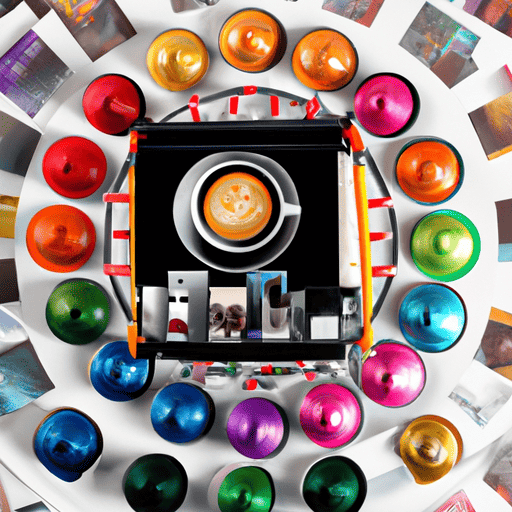
 Coffee Basics5 days ago
Coffee Basics5 days agoThe Ultimate Guide To Buying Nespresso Pods: Where And How?
-
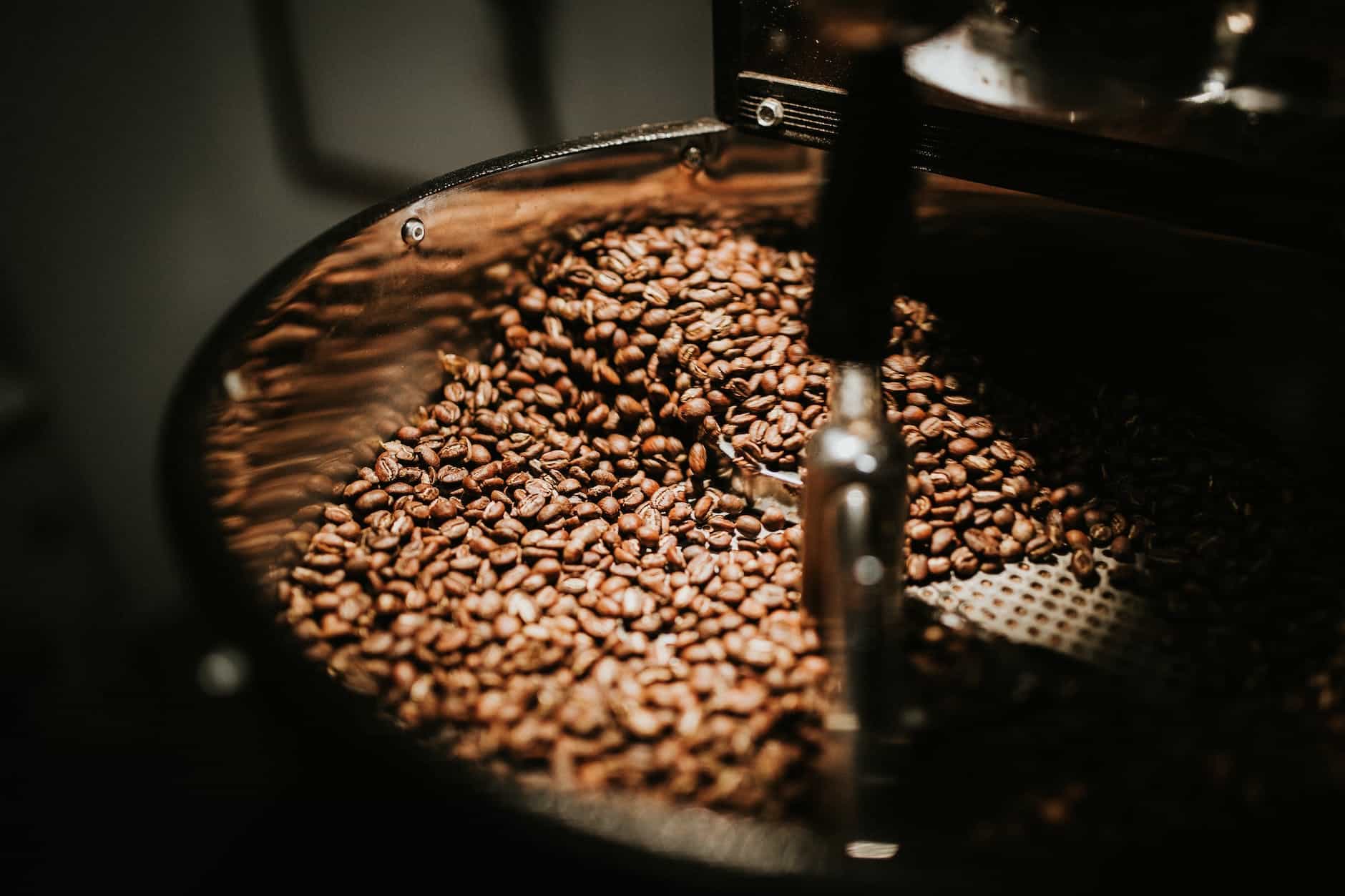
 Coffee Basics1 week ago
Coffee Basics1 week ago11 Best Medium Roast Coffees For Your Perfect Cup
-

 Coffee Basics1 week ago
Coffee Basics1 week agoStarbucks Venti Drinks: Customization And Pricing Guide
-
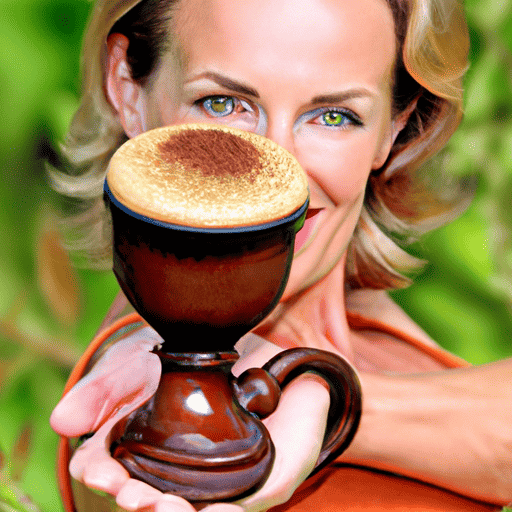
 Coffee Basics4 days ago
Coffee Basics4 days agoPerfect Your Espresso With Puck Screens: A Barista’s Secret
-
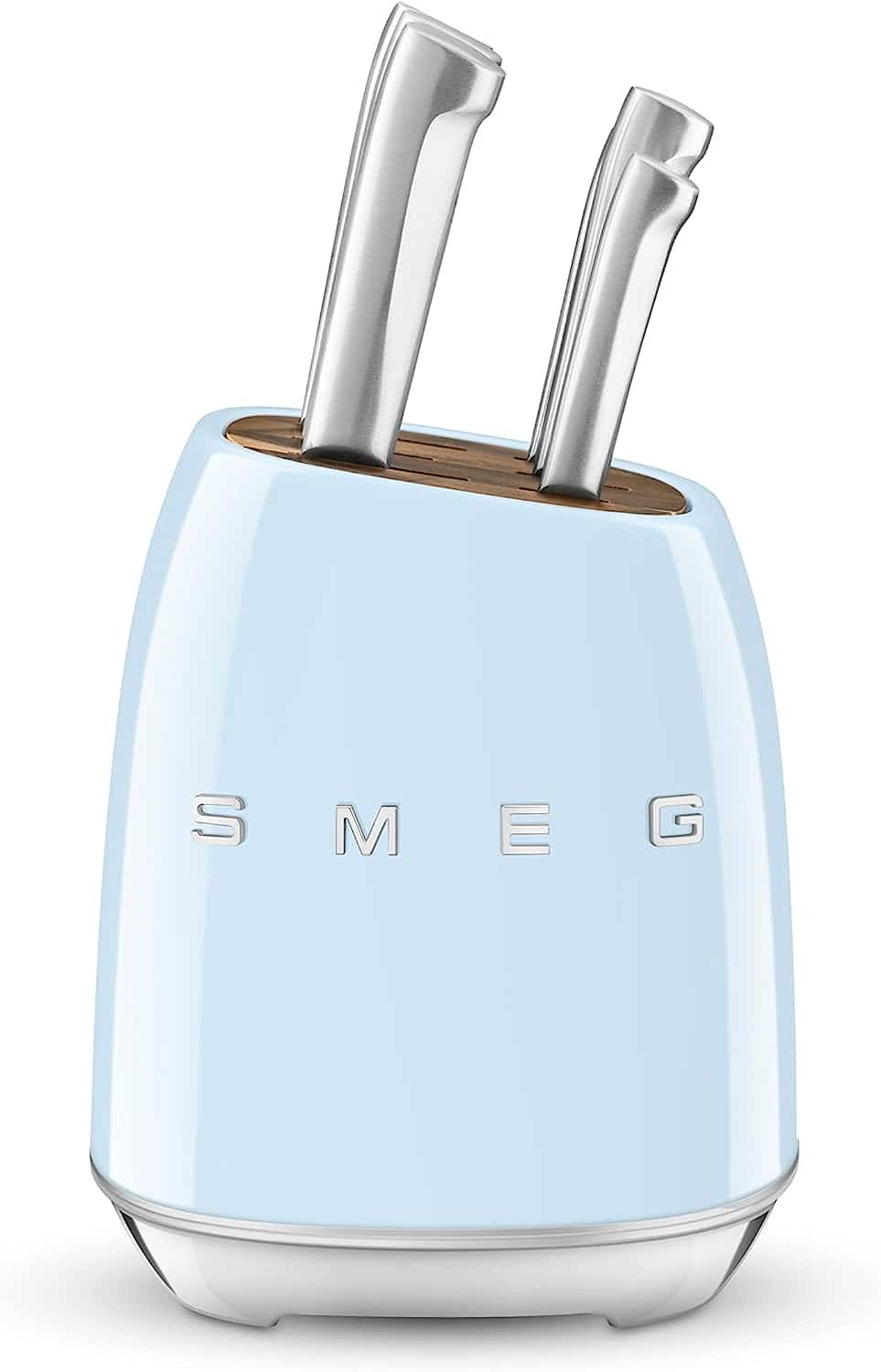
 Cappuccino Oracle Selected Reviews2 days ago
Cappuccino Oracle Selected Reviews2 days agoSmeg Knife Block Review Review [2024]
-
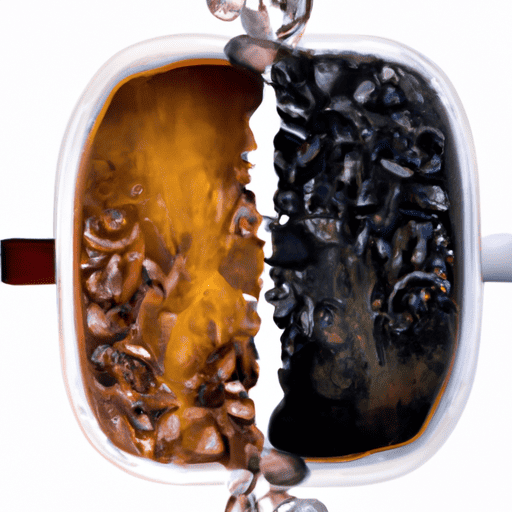
 Coffee Basics7 days ago
Coffee Basics7 days agoWhat Is Half-Caff Coffee? (And How Much Caffeine Is In It?)
-

 Coffee Basics7 days ago
Coffee Basics7 days ago9 Best Ground Coffee Brands For Your Perfect Cup
-
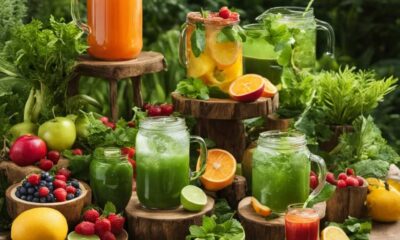
 Coffee Basics14 hours ago
Coffee Basics14 hours agoCan I Drink Coffee After Botox





